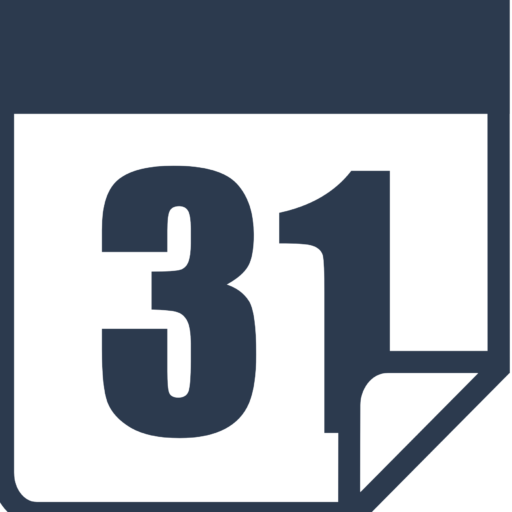Day 3: Decide Exactly What to Create
At this point, you’ve selected a topic for your package. Now your next step is to decide exactly what sort of package to create. Namely, are you going to create a smaller package worth around $20, or are you going to create a larger package worth around $97 or more?
To determine this, answer these questions…
What types of information and tools do you want to include in your package?
You’ve finished your research, so you’ve got a pretty good handle on what your niche wants. Now, create a package that meets your audience’s needs. To that end, your package may include items such as...
- Ebooks.
- Reports.
- Articles.
- Courses.
- Videos.
- Audios.
- Webinar replays.
- Checklists.
- Worksheets.
- Cheat sheets.
- Planners.
- Templates.
- Swipes.
- Calculators.
- Apps/software/plugins.
- Lists (gear or resource).
Let’s suppose you’re compiling a weight-loss package. In addition to the information reports, ebooks and articles, you might include these items...
- Recipes.
- Ingredient substitution lists.
- Meal plans.
- Shopping lists.
- Cheat sheets for making regular meals, healthier/vegetarian/diabetes friendly/etc.
- Weight loss checklists.
- Progress-tracking journal.
- Exercise spreadsheets.
- Calorie worksheet.
- Exercise worksheet.
- Supplement cheat sheet.
…And similar.
If you find PLR software, you might even add in tools such as meal planning apps, calorie calculators, etc.
How many products do you want to include in the package?
The number of items you include in your package is going to greatly affect the price. For example...
A package with an ebook and a set of 10 tools will likely be in the $20 range. On the other hand, a large course (or several ebooks/reports) alongside a couple dozen tools would easily fall into the $97 price range.
Is this package for beginner, intermediate or advanced users?
Beginner information tends to have a lower "perceived value," as opposed to intermediate and advanced information. For example, a set of reports aimed at beginners might be worth $20, whereas a set of reports for experts might be valued at $50 or more.
Where is this package going to fit into your sales funnel?
You don’t need to work out your entire sales funnel today (as that’s what you’ll work on in the next lesson). However, you do need to at least have a sense of where you want this package to appear in your sales funnel.
If it’s near the beginning of your sales funnel – such as a tripwire/entry product – then plan on pricing it around $20. If this is a core offer or a backend offer to a different core product, then you price it at the $97 or more level.
Pulling it All Together
Now for an example of what you just learned…
Let’s suppose you’re putting together a traffic-generation product. And let’s suppose there is a lot of information you’d like to include for intermediate and advanced users. You plan on selling it as a core offer for $97, so your package might include:
- A set of 10 courses on 10 traffic methods (e.g., SEO, Facebook paid ads, guest blogging and so on).
- A set of around half a dozen tools to go with each course, such as worksheets, checklists, cheat sheets and similar.
This type of product would easily go for $97 and likely more if it was sufficiently different from competing products on the market.
TODAY’S TASK:
Your task for today is to decide what sort of package you’re going to create – a package worth around $20, or create a premium package worth around $97?
What types of tools and information would you like to include?
Make your decision based on what you just learned, then move on to the next lesson as we continue with this discussion by looking at how to build your sales funnel.
